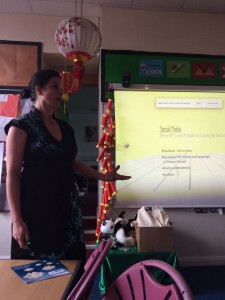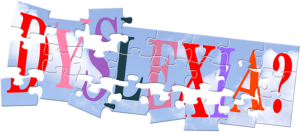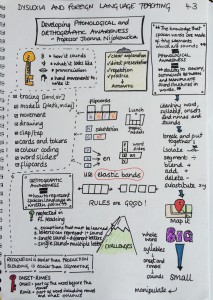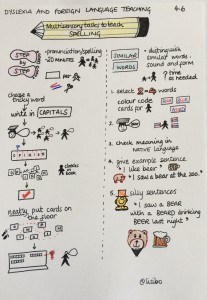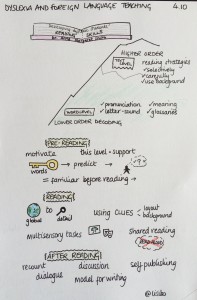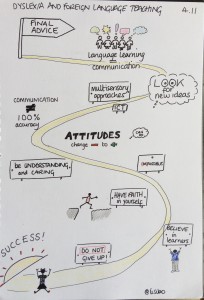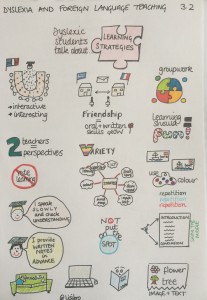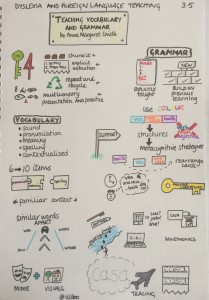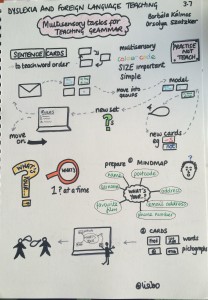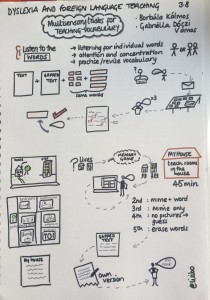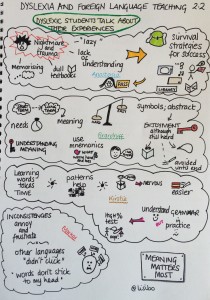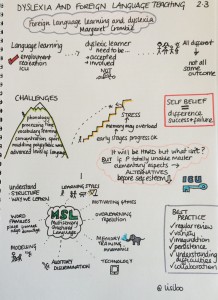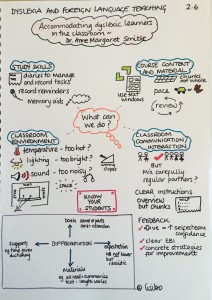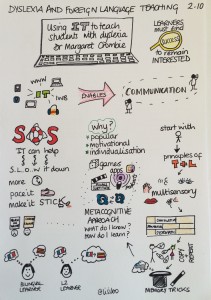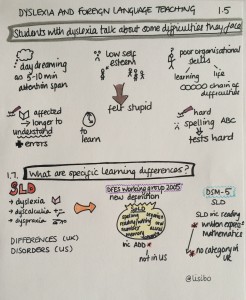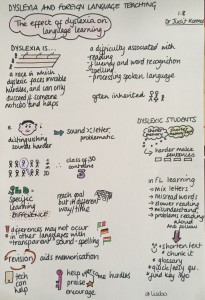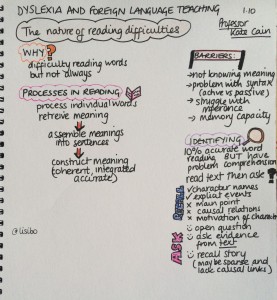On May 6th I made the trip across Birmingham in rush hour traffic to attend TeachMeetWM organised by the irrepressible and absolutely bonkers Simone Haughey at her school Robin Hood Primary. I sadly missed the choir singing and the start of proceedings thanks to a staff meeting and the traffic, but I arrived in the end to be greeted by delicious Chinese food saved for me by Sim and lots of friendly faces including John Rolfe and AnaPaula Booth from the British Council, and the staff of Robin Hood who are obviously well used to Simone as they didn’t bat an eyelid when I asked if they had a couple of hula hoops I could borrow!
There were many great presentations on the night including a couple via video, and you can see what you missed by looking at the Storify of the tweets at the end of the post. However, my presentation is below as promised for those who were there. How I managed to explain it all in 7 minutes I do not know but I avoided being attacked with a cuddly toy! Do leave a comment if you have questions!
